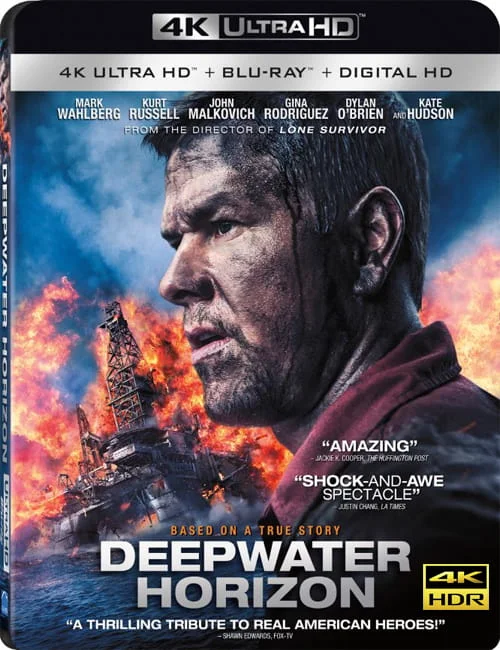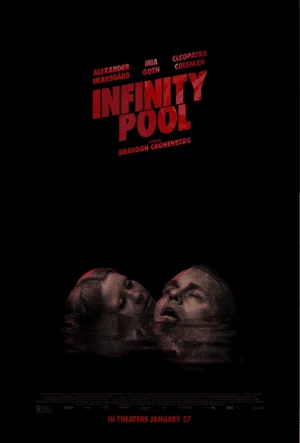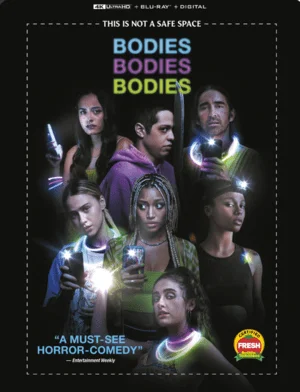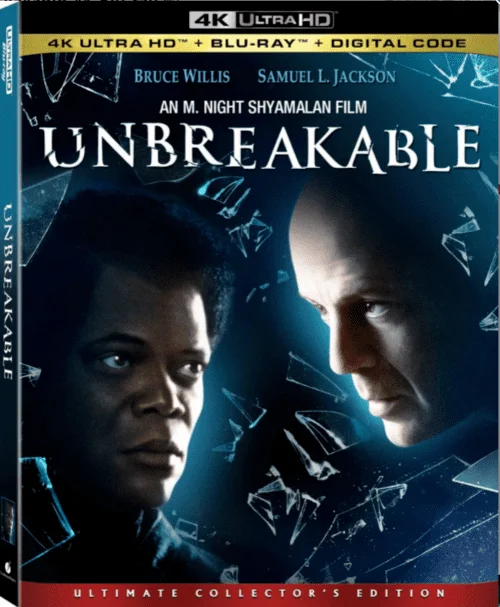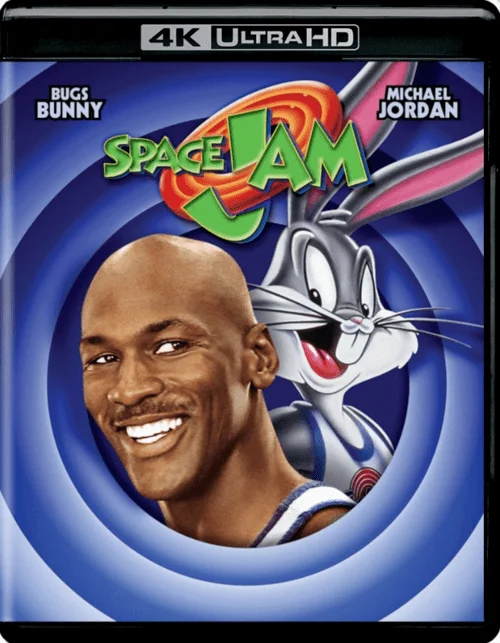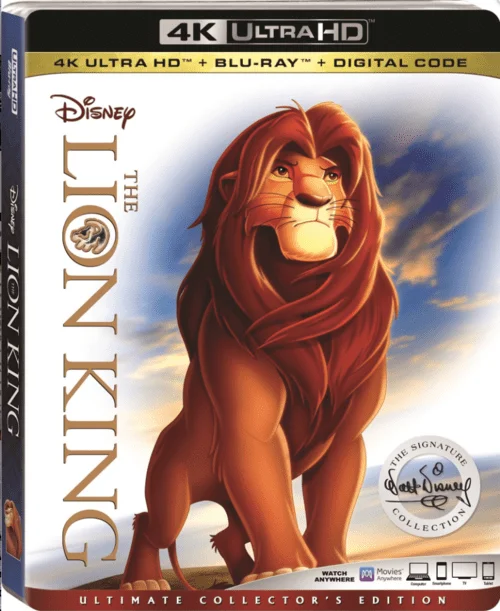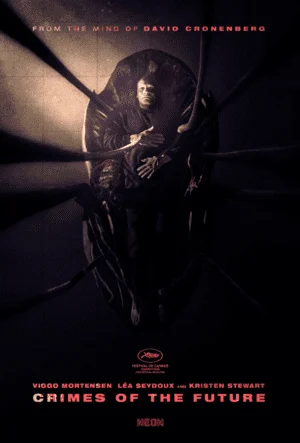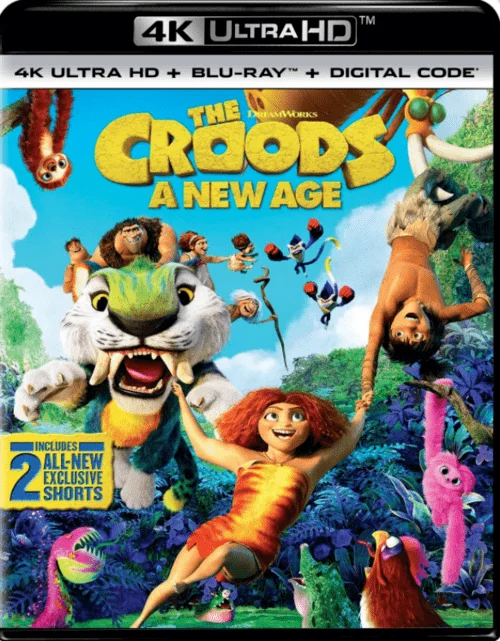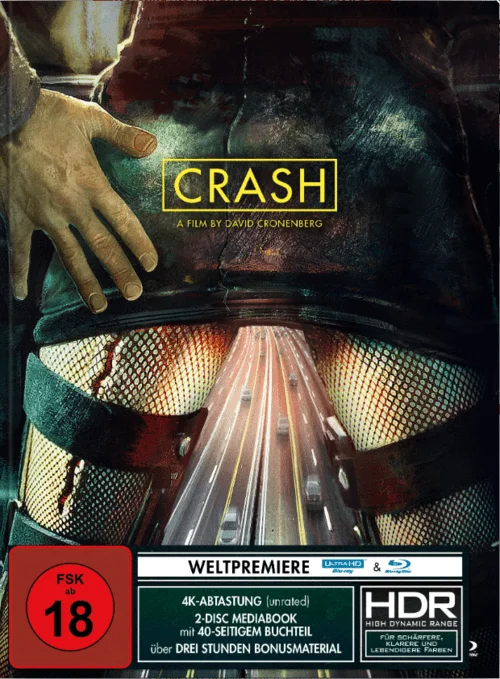
Crash 4K 1996 UNRATED Ultra HD 2160p
Cast: James Spader, Holly Hunter, Elias Koteas, Deborah Kara Unger, Rosanna Arquette, Peter MacNeill, Yolande Julian, Cheryl Swarts, Judah Katz, Nicky Guadagni, Ronn Sarosiak, Boyd Banks, Markus Parilo, Alice Poon, John Stoneham Jr..

Producer James Ballard and his wife Catherine are erotic adventurers. Both have another passion - for cars. One day, James has a terrible accident. In the clinic, he meets the victim of this accident, Helen and her friend Voen.
So begins the assimilation of James and Katherine of new sensations: sexual arousal from beating machines and injured bodies.
Crash 4K Review
From a brief historical reference, which is usually provided by the literary source of this tape - the novel of the same name by the British James Ballard - it is known that after publication in 1973 he was met with very unkindness by society. It is understandable: it’s rare in any book to find such an abundance of frank descriptions of sexual intercourse, moreover, multiplied by more than an unconventional object of sexuality. Born again in the 1996 film by David Cronenberg, this story, although it lost the lion's share of naturalism, still continued to be attacked by prudish spectators and critics. I will not retell the story here about what scandal erupted at the 49th Cannes Film Festival, this information lends itself well to search.
There are a lot of sci-fi works on the topic of human-machine contact, the role and place of a machine in society. However, the qualitative difference between "Car Crash" is that both Ballard and Cronenberg thoroughly, eagerly examine the psychophysics and psychiatry of a person’s attachment to the mechanism, reveal the causes of the process of this attachment, turn it out. And here the author’s handwritings of the writer and director are closer than ever, you can say they merge and mix like sperm and blood in the text of the novel. However, Cronenberg Sr. is well able to choose the primary sources for his paintings - those authors who, apparently, are close in spirit to him.
In the case of Car Crash, the peculiar dialectic is that the film puts the book in a clearer and more orderly form, and the book gives the film meaningfulness and acuteness. Without a film, the book appears for the most part as an endless stream of consciousness of a crazy person in whom everyone violently interacts, it has interesting thoughts, but it is unlikely that an ordinary reader who was fortunate enough to never get into an accident will be able to penetrate them, understand the main characters. On the other hand, without knowing the text of the novel, the viewer again will not be able to sufficiently feel the film adaptation, since the film shows the events through the eyes of an external impartial observer, and the plot is forced in places, the heroes for no reason begin to perform some actions contrary to common sense ... The atmosphere of Cronenberg's “Car Crash” without a book would be purely technical, based on visual images appearing through fog or a dream and slow, intense music traditional for the tandem of the director and composer. This tragedy of the transformation of the human psyche under the pressure of violence and technology (as they usually write about the book of criticism) is truly revealed only when the novel and film adaptation are perceived together.
Cameraman Peter Sushicki (another example of a long-term collaboration with D. Cronenberg) grabbed the paranoid and seemingly timeless, fluid character of the plot (in the original source, almost all events occur in cars, following each other without directly indicating the dates, days of the week and time) with using slow shooting, slightly muted colors, curious close-ups and calm, serene landscapes of the urban environment. The viewer as if plunges into parallel reality, lost for an hour and a half in the illusory images of the motorway, car interiors, crumpled metal, blood and artificial prostheses.
As for the cast, first of all, Robert Vaughan played perfectly, the little-known then Elias Koteas accurately conveyed his charismatic, but spontaneous and manic character. True, Vaughan talks more in the film, explains his ideas, and this hides the mystery. The narrator (in fact, James Ballard himself), with its simplicity, ability to accept events as it is and not be surprised at anything, was conveyed quite well, however, he is also not perverse in the book and he is also a pervert, and this is almost not visible in the film. It seems that the actor (James Spader) is slowly “warming up”, entering the image only in the middle of the film, but he really reveals the character of his hero in the final scene, which Kronenberg added. Well in the picture, the female roles were successful. Gabrielle (Rosanna Arquette) appears as a fatal crippled girl who skillfully turned her injuries into the main tool of sexuality, Dr. Helen Remington (Holly Hunter) - a masterful lady with an iron character, who in her own way survives the death of her husband, but does not allow anyone to take control over herself. Katherine (Deborah Anger) ... in the film, she sometimes looks frightened and doubtful, while in the book she is a hunter to all kinds of adventures and is not particularly sentimental.
The film "Car Crash" has become another - more realistic than the others - a variation of Cronenberg Sr. on the subject of whom technological progress turns a person into. So, does a person lose himself when he turns his sexuality to a machine (more broadly: when he liberates his sexuality in principle), or simply moves on to the next stage of evolution? Does such a transformation of man threaten death by society, or are social relations, in essence, unchanged? Should we be afraid of technocratic predictions like the story told by a British writer and a Canadian director? Let each reader and viewer answer these questions himself. Fortunately, both the book and the film leave them open.
File size: 35.5 GB
Trailer Crash 4K 1996 UNRATED Ultra HD 2160p
Latest added movies
Comments on the movie
Add a comment
 like
like do not like
do not like
